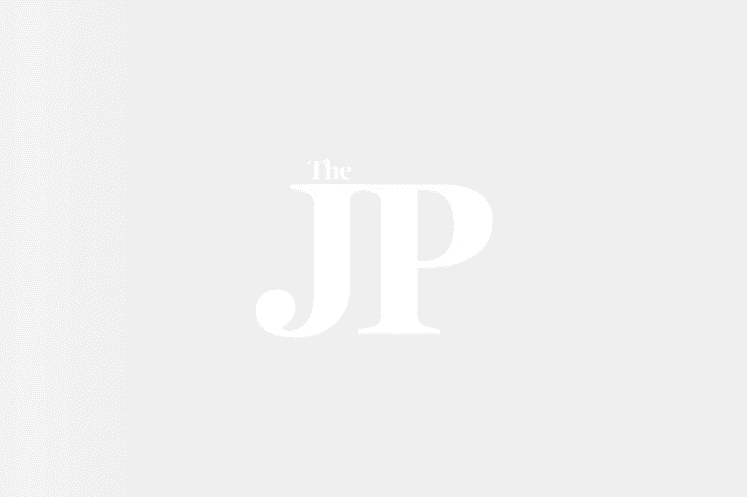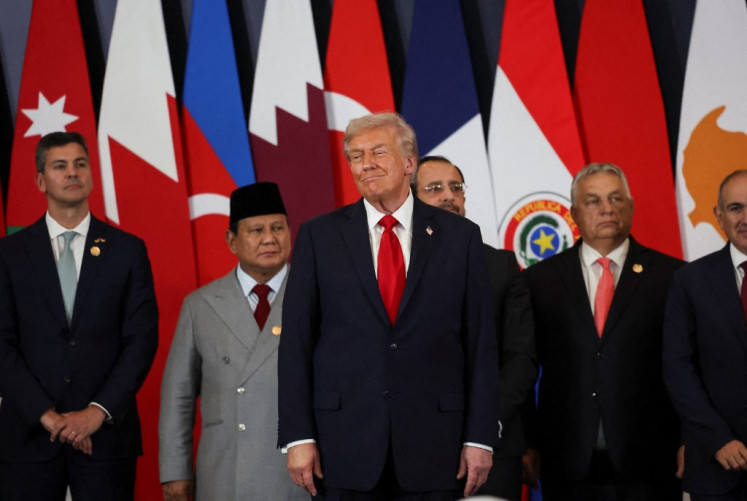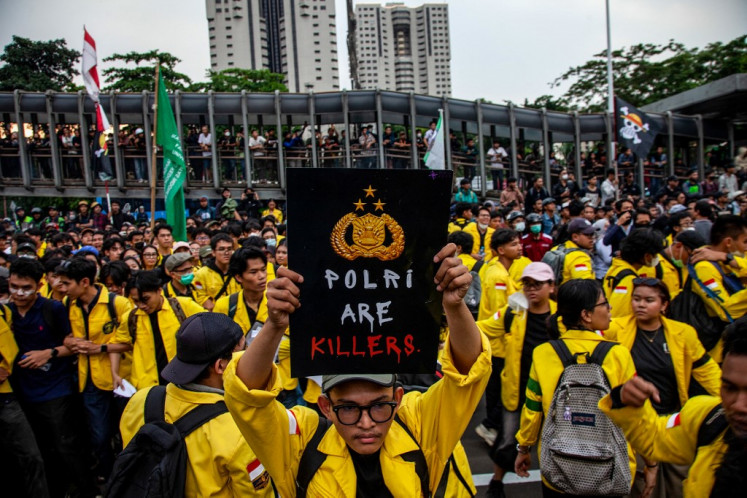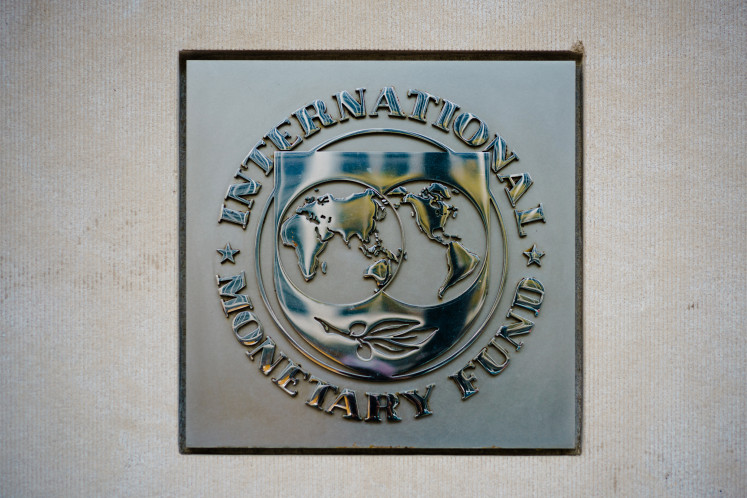Popular Reads
Top Results
Can't find what you're looking for?
View all search resultsPopular Reads
Top Results
Can't find what you're looking for?
View all search resultsCrediting carbon to create more emissions?
Currently, climate protection and emissions reduction projects and initiatives have become a global priority
Change text size
Gift Premium Articles
to Anyone
Currently, climate protection and emissions reduction projects and initiatives have become a global priority. The Clean Development Mechanism (CDM), one of the United Nations Framework Convention on Climate Change (UNFCCC) mechanisms on reducing global emissions, grows significantly on fertile land in developing countries.
By comparison, the number of registered projects in India has increased from 356 per September 2008 to 429 now. Within the same period, 260 registered projects in China have become 574 projects. This puts China's ranking (now 34.47 percent) in the number of projects raised, from second to first, usurping India (now 25.77 percent).
For a long time, China and India have been the two biggest countries competing for the highest number of CDM projects. A rise in the number of projects is also seen in Indonesia. Currently there are 24 projects registered at the CDM Executive Board, or CDM EB. There will be eight more projects come September 2008, but this is a significant increase since it is a 50 percent increase from the last seven months.
In the CDM, all emissions reduction are counted as carbon dioxide equivalent (CO2eq) and issued in Certified Emissions Reduction (CER). The cost of each ton of CO2eq varies between 8 and 13 euros. These CERs are then sold to developed countries that are obliged to reach their emissions reduction targets by the year 2020. In this case, the World Bank becomes one of the intermediaries for countries that want to buy and sell CERs. This is carbon trading, and the market is called the carbon market.
The CERs can be launched several years after the project's implementation. As of June 2009, China has launched 132 million CERs, while India has launched 67 million CERs and Indonesia has 350,000 CERs. From the number of newly established projects, the next CERs will likely come in extra huge amount from China. As of June 15, 2009, the UNFCCC's number of CERs requested and issued was 300 million and 296 million, or around 4 million requested CERs left to be fulfilled. The figure shows how CERs have become global competitive products.
The global emissions target does have a limitation. By the time one developed country has reached its emissions target, it is not necessary to have any kind of certification of emissions reduction. On the other hand, the carbon trading does have strong competitiveness. So from a simple prediction, this carbon trading will reach an end. When that happens, projects on emissions reduction will not be as "shiny" as they are now.
One working paper from Stanford University states, "In practice, much of the current CDM market doesn't reflects actual reduction in emissions, and that trend is poised to be worst."
An article in the June/July 2008 edition of Mother Jones states, "However, the CDM is rapidly becoming a subsidy for some of the dirtier industries - making coal-fired power plants slightly more fuel efficient, for example, or capturing waste heat from steel plants - and some brokers are growing rich on the schemes."
Statements like these raise questions about the "green" credentials of CDM projects. If we take a sample from the actual situation in Indonesia, where there are 102 projects listed in the CDM Designated National Authorities (DNA CDM), many types of projects are coming in, mainly from the energy industry, waste handling and disposal sectors. This should be a big question for our environment. Will this CDM project create real emissions reduction?
Getting more specific on the waste sector, the Intergovernmental Panel on Climate Change Report 2004 reveals that methane from landfills and wastewater contributes 90 percent of total methane, which makes up 3 percent of total emissions. Only from the waste sector in Indonesia, proposed CDM projects are coming through improved landfill gas (LFG) capture, including energy generation, composting, methane avoidance, etc.
Regarding Indonesia's trend of landfills, CDM projects from the waste sector could be one of the highest potential projects from the business sector point of view. For municipalities, the revenue from a CDM project is quite promising to improve the actual situation of Indonesian waste management in general, from urban to rural areas, since our municipalities have difficulties in their operational budget. Moreover, normally investors promise certain amounts of money at the beginning of the project.
A 25-year project related to waste management in Semarang, Central Java, which will start soon, is endorsed by the Semarang municipality and a private sector company last year. Aside from the projection of the CDM project, the municipality will receive Rp 580 million from the investor. This amount is reasonable if it is used to improve waste management. Moreover, the project has the potential to open new job opportunities and develop the economy of the surrounding areas.
If we return to the critics and the question on the CDM, we should be aware of the carbon credit system and the emissions reduction calculation. Moreover, wrong or false calculations will be the same as contributing more emissions, since there is no reduction taking place. However, for our own good, it is better to avoid emissions generation rather than offset the generated emissions.
The writer is a PhD candidate in environmental technology and energy economics bioconversion and emissions control, at Hamburg University of Technology, Germany.

















